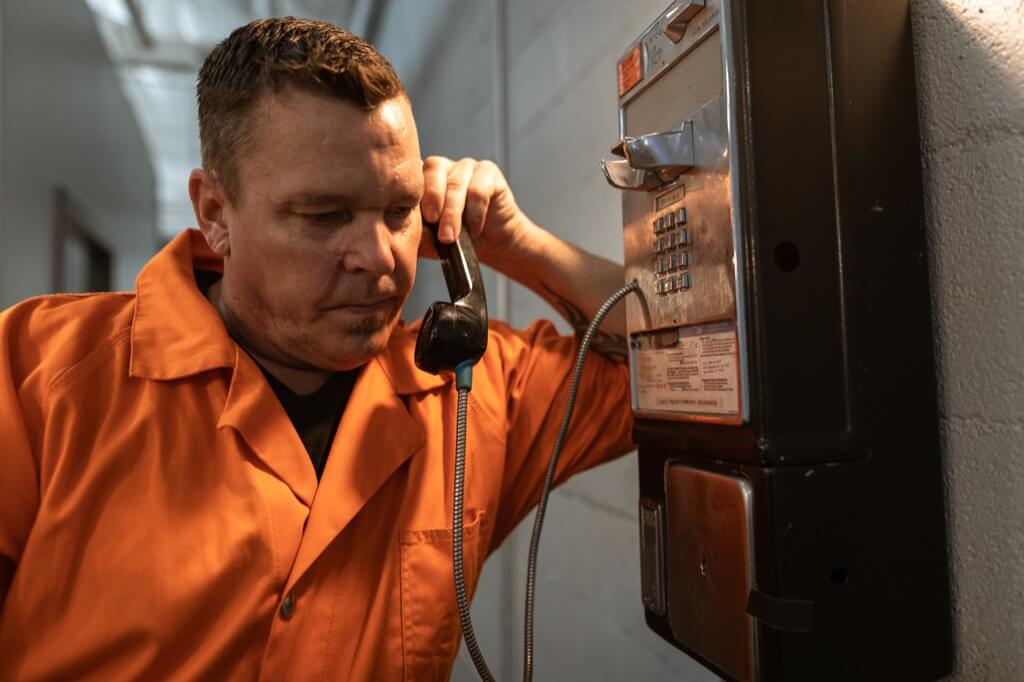With capital punishment, there is an often-overlooked aspect: the meticulous sterilization procedures accompanying lethal injections. In this article we look into the nuances of these practices, examining historical cases and legal implications, thereby providing a comprehensive insight into this grim facet of the justice system.
Contrary to what one might assume, the process of executing a death row inmate involves stringent sterilization protocols. This attention to detail isn’t superfluous; rather, it serves a critical legal and ethical purpose. The equipment used, particularly the needles, undergoes thorough sterilization before being employed in executions. This practice isn’t merely a formality but a crucial step to avoid unintended consequences, such as infection, which could lead to unforeseen legal complications.
Imagine a scenario where a last-minute reprieve – a stay of execution – is granted. If, in this interim, the inmate contracts an infection due to unsterilized equipment and subsequently dies, the state could be embroiled in a wrongful death lawsuit. While such occurrences may seem far-fetched, they are not beyond the realm of possibility, warranting the meticulous sterilization protocols in place.
To illustrate, let’s examine the case of James David Autry. Convicted of murder, Autry’s execution was imminent in 1983 when a sudden Supreme Court intervention granted him a reprieve, questioning the constitutionality of Texas’ execution method. This stay, coming after Autry had been prepared for lethal injection, underscores the importance of maintaining sterile conditions even in the face of impending execution.
Had sterilization protocols been neglected in Autry’s case, the potential for infection during his temporary return to death row would have been significant. This scenario isn’t merely hypothetical; it underscores a crucial aspect of the execution process – ensuring that death if it occurs, is solely due to the intended method of execution, not an inadvertent infection.
Another poignant example is that of Warren Lee Hill. With an IQ of 70, Hill’s execution was halted hours before it was due to occur in July 2012, and again in February 2013, moments before the administration of lethal chemicals. Hill’s case, marked by multiple stays of execution, highlights the precarious nature of capital punishment procedures and the critical role of maintaining sterile conditions to prevent unintended causes of death.
The case of Caryl Chessman offers a stark reminder of the gravity of execution protocols. Condemned for robbery and rape, Chessman’s execution by gas chamber was halted at the last possible moment due to a judicial error. This incident, occurring in an era before lethal injection, serves as a historical precedent underscoring the importance of meticulous procedural adherence to capital punishment.
The process of administering lethal injections in capital punishment cases is a complex and multi-faceted procedure, involving a sequence of chemicals designed to ensure a quick and humane death. This article seeks to explore the importance of sterilization in this context, examining the reasons for its criticality and the broader implications on ethical, medical, and legal grounds.
The Three-Step Chemical Process in Lethal Injections
Lethal injection typically involves a three-step chemical process. Initially, an anesthetic is administered to render the inmate unconscious. Following this, a paralytic agent is given to prevent any movement. Finally, a chemical that stops the heart is introduced. This sequence is designed to ensure a humane death, though its efficacy and ethics are subjects of ongoing debate.
Sterilization of the equipment, especially the needles used in lethal injections, is paramount. The rationale is grounded in the possibility of a last-minute reprieve or stay of execution. Should the execution be halted, any infection resulting from non-sterile equipment could have dire consequences, particularly if the inmate is later found innocent or the sentence is commuted. This aspect underscores the intersection of legal liability and ethical responsibility in the administration of capital punishment.
Historical Missteps in Execution Methods
The quest for a “humane” execution method has been fraught with challenges and controversies. Methods like the electric chair, gas chamber, and even the guillotine have been criticized for their gruesomeness and unreliability. For instance, incidents in Florida involving the electric chair raised serious concerns about its effectiveness and the suffering inflicted.
In response to the failures of previous methods, there has been a move to “medicalize” executions. This involves using health professionals and sterile environments, ostensibly to lend a veneer of dignity and humanity to the process. However, this approach has been met with ethical dilemmas and practical challenges. The involvement of healthcare professionals, trained to save lives, in the act of intentionally ending them, stands in stark contradiction to medical ethics.
Complications in Lethal Injection Administration
Lethal injections, despite their clinical appearance, are fraught with potential complications. One major issue is finding a suitable vein for intravenous access. Inmates with a history of drug use or those with certain medical conditions may have compromised vein integrity, making it challenging to administer the lethal cocktail efficiently. This difficulty can lead to prolonged and distressing execution processes, where multiple attempts are made to insert the needle, causing significant physical and psychological pain to the inmate. These complications not only raise concerns about the effectiveness of the method but also bring to light the ethical dilemma of inflicting undue suffering in the process of execution.
The necessity for sterilization in lethal injections underscores a paradox. While it’s essential for preventing infections, its importance also highlights the inherent contradictions in the execution process. The meticulous effort to maintain clinical sterility and the humane facade of lethal injections stand in stark contrast to the act of deliberately ending a life. This contradiction reflects broader ethical and moral questions about the nature of capital punishment and the extent to which it aligns with the principles of human dignity and ethical medical practice.
The involvement of health professionals in executions raises profound ethical issues. It contradicts the fundamental medical ethos of preserving life and alleviating suffering. Organizations like the American Medical Association have taken a firm stance against physician participation in legally authorized executions, reflecting the deep ethical quandaries posed by this practice.
Despite the scientific veneer, lethal injection remains an imprecise and unreliable method. The lack of consensus on an effective and humane chemical protocol, the variability in individual responses to the drugs used, and the absence of rigorous scientific research undermines the credibility of this method as a humane form of capital punishment.
The meticulous attention to sterilization in the administration of lethal injections serves as a stark reminder of the intricate balance between legal obligations and ethical considerations in capital punishment. This practice, aimed at preventing unintended harm to the inmate, paradoxically coexists with the deliberate act of ending a life.
It highlights a deep-seated conflict within the justice system – the pursuit of a method of execution that is both clinically precise and morally defensible. In grappling with this complexity, society must continually reassess the implications of such methods, not only in terms of their immediate effectiveness but also in the broader context of human rights and ethical standards.




